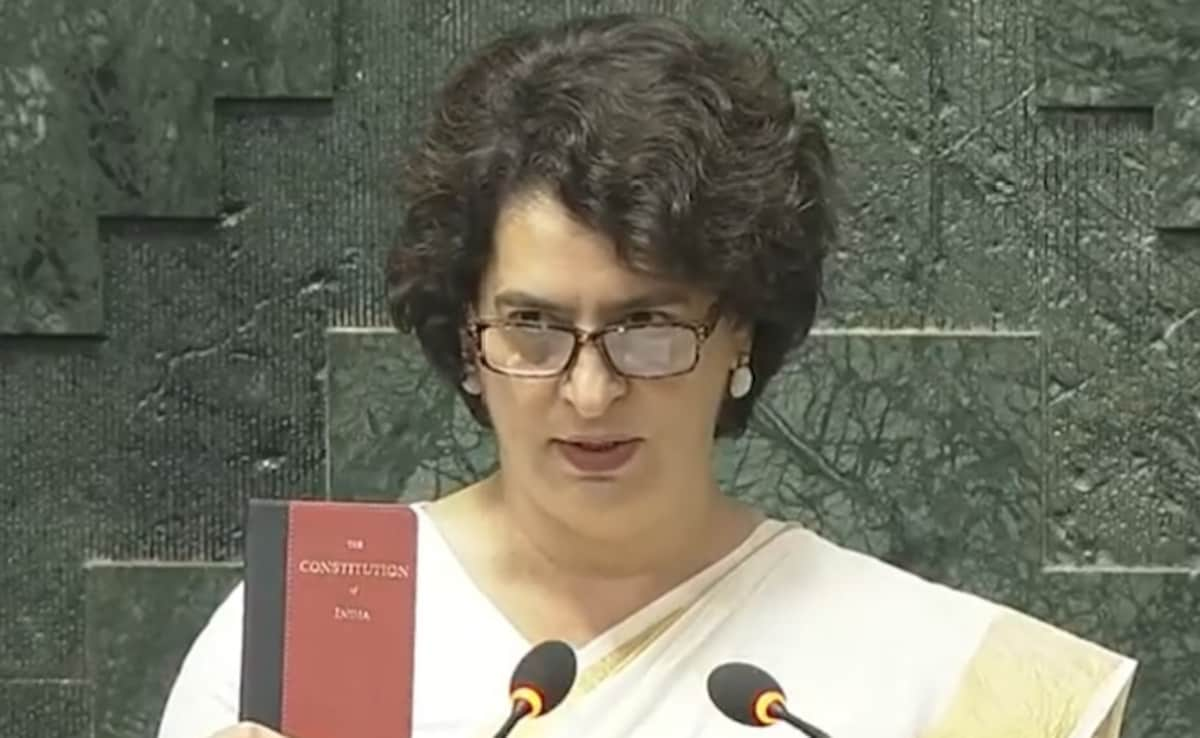
Today is World Population Day. As per the estimate of the department of economic and social welfare, United Nations, India is now the most populous country in the world. It surpassed China last year.
The domestic data of population that we have is from the 2011 census. Latest census is yet to be undertaken. We can only make projections/estimations on the basis of 2011 data.The population of India is still on the rise and it will take many more years for it to become stable before it starts decreasing.
As per the latest NFHS V data, total fertility rate of India has come down to 2.0, which is below the replacement level TFR of 2.1, though there are inter-state variations.
Even with a TFR of 2.0, the population will continue to grow. Those who understand population dynamics are aware of the phenomenon called “population momentum”. It will take a whole generation, say 20-25 years for the population to become stable.
Increasing population means that we will continue to chase quantity rather than quality. It will depend on the shape of the population pyramid where we will require more physical facilities to be created. For example, with an increase in population, we will need more healthcare facilities but with limited numbers of qualified healthcare staff, it will be difficult to meet the demand with quality.
You can think about similar scenarios in other sectors too. Every year, more persons will enter the labour force but most of them won’t find gainful employment as per their aspiration levels.
As the longevity goes up and the older population grows, the percentage of the dependent population will increase.
We need to reimagine things and act accordingly to face these challenges. Innovative ways of thinking and solving issues can address multiple challenges staring us in the face.
It may sound a bit unconventional but I do not believe that India is poised to gain hugely due to demographic dividend. To my mind, we have crossed that stage and negligible dividends are likely. Contrary to it, a burgeoning population has aggravated the problem of unemployment, infrastructural constraints and inequality. The denominator is so huge that even if India becomes the third largest economy, per capita income would be very low. In fact, Sri Lanka , Bhutan and Maldives in South Asia with very small economies are already having larger per capita incomes!
Within the country also, there is a large inter-state disparity in per capita income. Southern states which have controlled the population growth better have much bigger per capita incomes as compared to UP, Bihar, MP, Jharkhand etc.
Fertility, migration and urbanization shape the future of our nations and the coming generations. While we focus too much on fertility in our discussion on population, it is high time we started talking about infertility also and making its treatment affordable for all.
Every system has a carrying capacity and it can’t take load beyond that. The issue of population stabilization is one of the most important issues for our country. It is high time we stop harping on the concept of demographic dividend and start addressing the issue of population stabilization in earnest.
(The writer is a former IAS officer and was additional chief secretary, health and family welfare, UP, during the Covid-19 pandemic. Views expressed are personal)
The domestic data of population that we have is from the 2011 census. Latest census is yet to be undertaken. We can only make projections/estimations on the basis of 2011 data.The population of India is still on the rise and it will take many more years for it to become stable before it starts decreasing.
As per the latest NFHS V data, total fertility rate of India has come down to 2.0, which is below the replacement level TFR of 2.1, though there are inter-state variations.
Even with a TFR of 2.0, the population will continue to grow. Those who understand population dynamics are aware of the phenomenon called “population momentum”. It will take a whole generation, say 20-25 years for the population to become stable.
Increasing population means that we will continue to chase quantity rather than quality. It will depend on the shape of the population pyramid where we will require more physical facilities to be created. For example, with an increase in population, we will need more healthcare facilities but with limited numbers of qualified healthcare staff, it will be difficult to meet the demand with quality.
You can think about similar scenarios in other sectors too. Every year, more persons will enter the labour force but most of them won’t find gainful employment as per their aspiration levels.
As the longevity goes up and the older population grows, the percentage of the dependent population will increase.
We need to reimagine things and act accordingly to face these challenges. Innovative ways of thinking and solving issues can address multiple challenges staring us in the face.
It may sound a bit unconventional but I do not believe that India is poised to gain hugely due to demographic dividend. To my mind, we have crossed that stage and negligible dividends are likely. Contrary to it, a burgeoning population has aggravated the problem of unemployment, infrastructural constraints and inequality. The denominator is so huge that even if India becomes the third largest economy, per capita income would be very low. In fact, Sri Lanka , Bhutan and Maldives in South Asia with very small economies are already having larger per capita incomes!
Within the country also, there is a large inter-state disparity in per capita income. Southern states which have controlled the population growth better have much bigger per capita incomes as compared to UP, Bihar, MP, Jharkhand etc.
Fertility, migration and urbanization shape the future of our nations and the coming generations. While we focus too much on fertility in our discussion on population, it is high time we started talking about infertility also and making its treatment affordable for all.
Every system has a carrying capacity and it can’t take load beyond that. The issue of population stabilization is one of the most important issues for our country. It is high time we stop harping on the concept of demographic dividend and start addressing the issue of population stabilization in earnest.
(The writer is a former IAS officer and was additional chief secretary, health and family welfare, UP, during the Covid-19 pandemic. Views expressed are personal)







